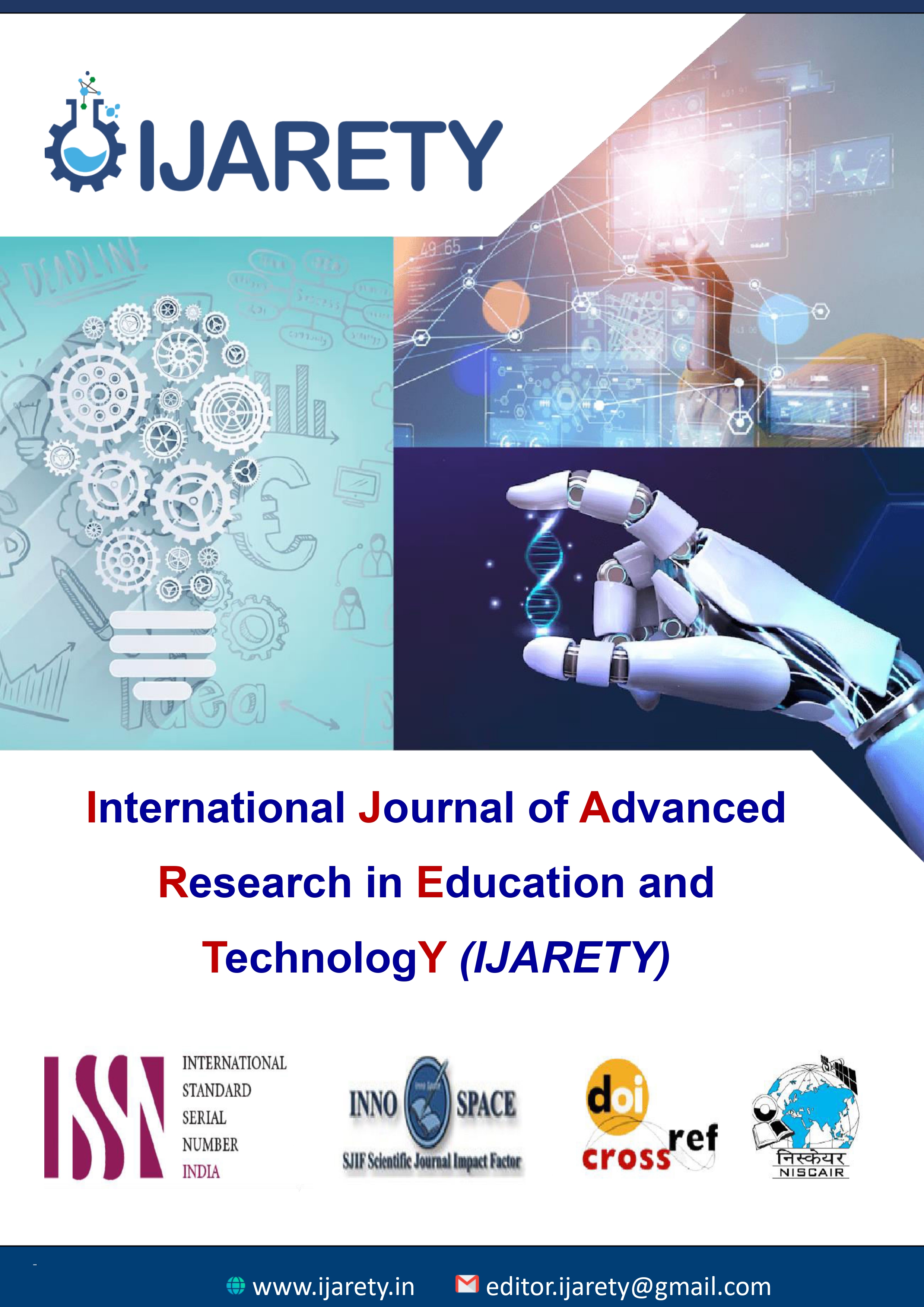- Monday, Dec 8th, 2025
| TITLE | Exploring AI Automation in Software Industry: Trends, Challenges, and Future Directions |
|---|---|
| ABSTRACT | The software industry today is experiencing rapid changes with the introduction of artificial intelligence (AI) into development and operational workflows. This article considers the role of AI automation over the course of the software development lifecycle, including intelligent testing, continuous integration and delivery (CI/CD), developer productivity, and generative AI toolsets. We review 20 of the peer-reviewed research articles that were published from 2020 to 2025, and share prevailing themes, core technologies, challenges to practice, and future opportunities. The article discusses how AI-enabled toolsets can help increase productivity, reduce human error, and allow for quicker and more dependable release of software. Next, we examine ethical and technical challenges, including model bias, that must be addressed to ensure a responsible adoption of AI. The research provides a significant interface of AI automation's impact on software engineering, enhancing understanding of AI tool use to support academic researchers, developer practitioners, and industry professionals that desire to understand and harness intelligent systems within the context of modern software method. |
| AUTHOR | Sundaram Dutta Modak Department of MCA, CMR Institute of Technology, Bengaluru, India |
| VOLUME | 12 |
| DOI | DOI:10.15680/IJARETY.2025.1204080 |
| 80_Exploring AI Automation in Software Industry Trends, Challenges, and Future Directions.pdf | |
| KEYWORDS |

Copyright © IJARETY 2023 All Rights Reserved.